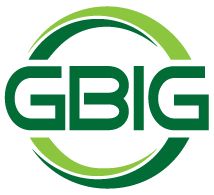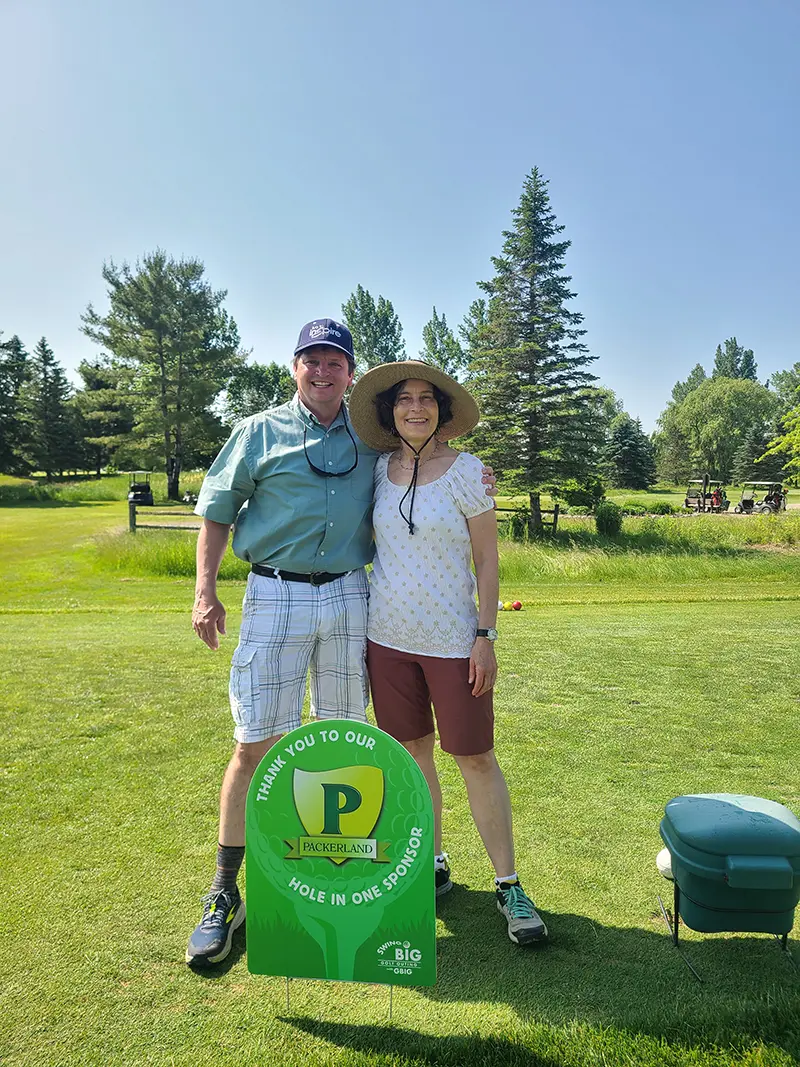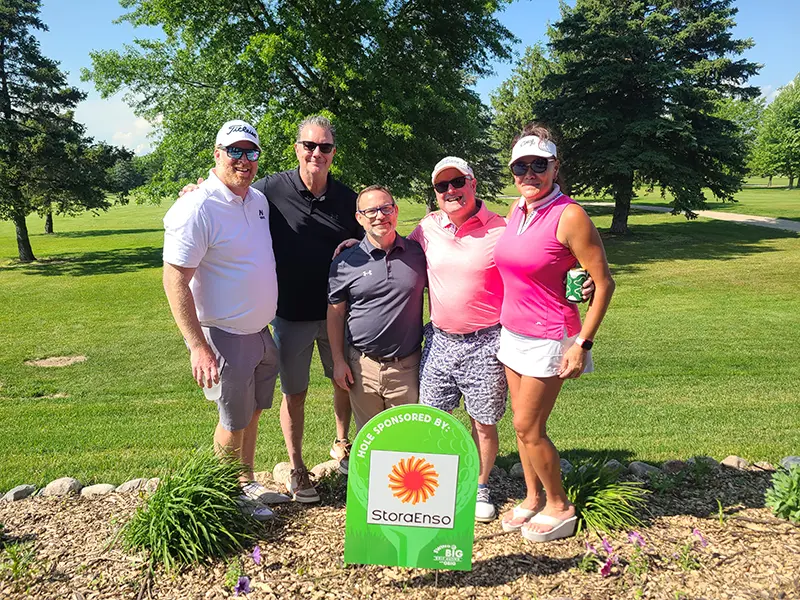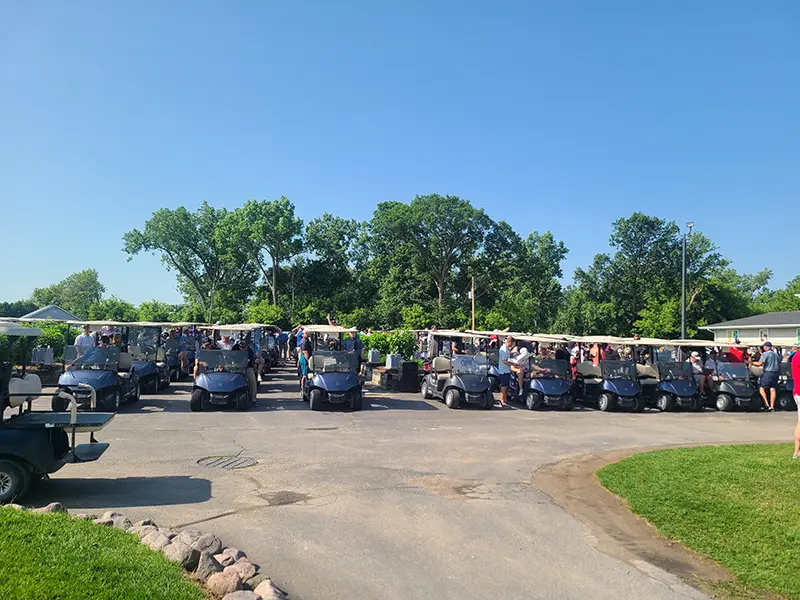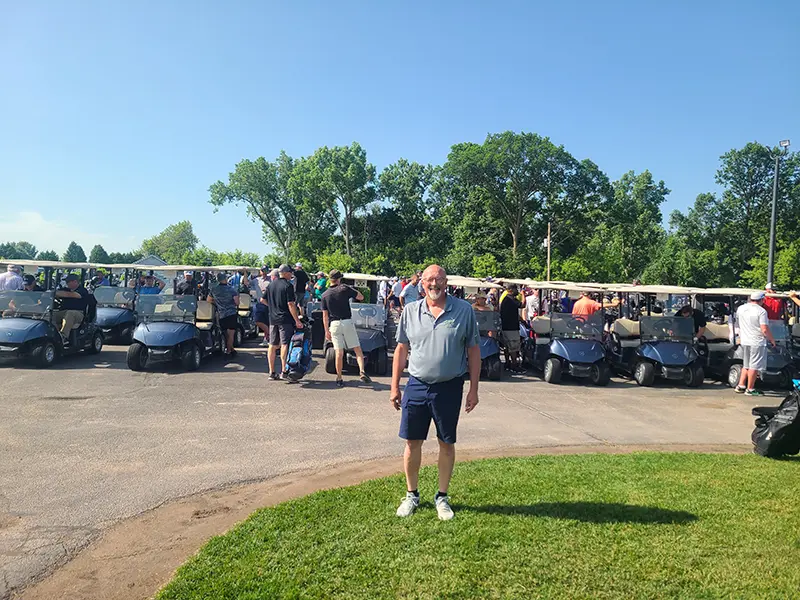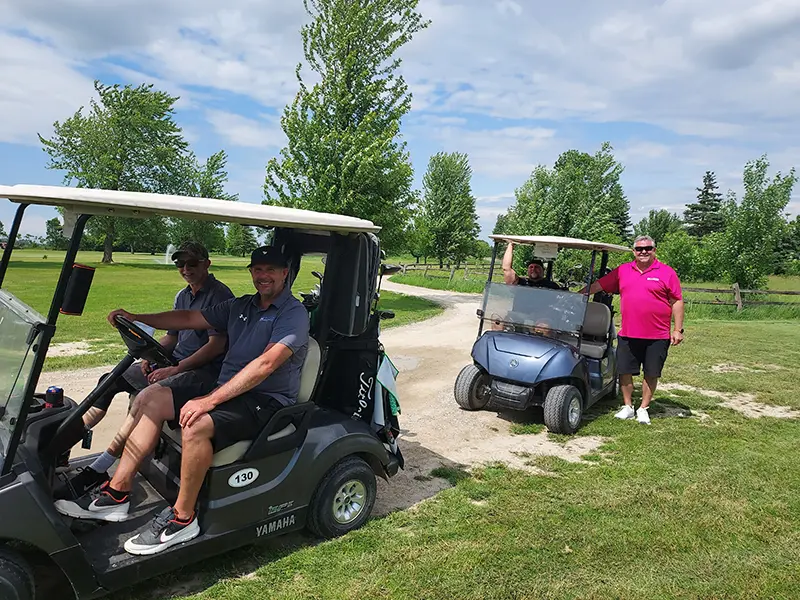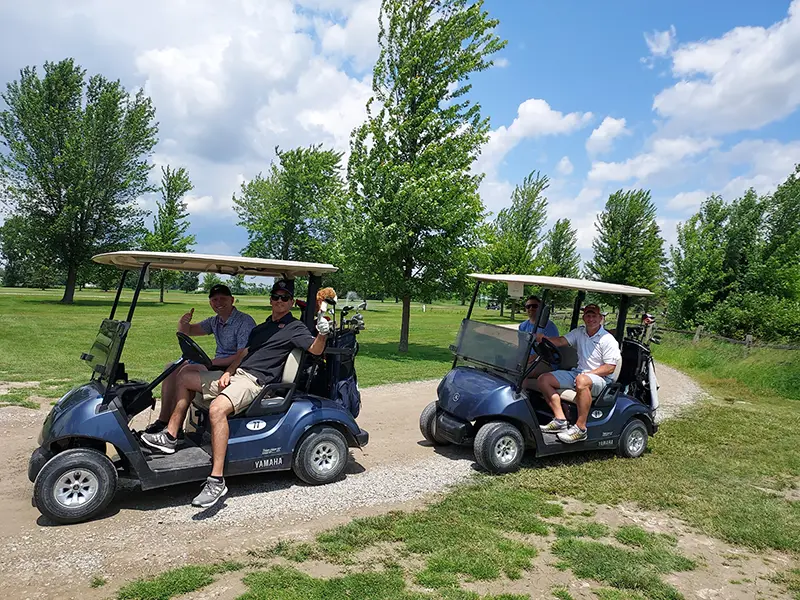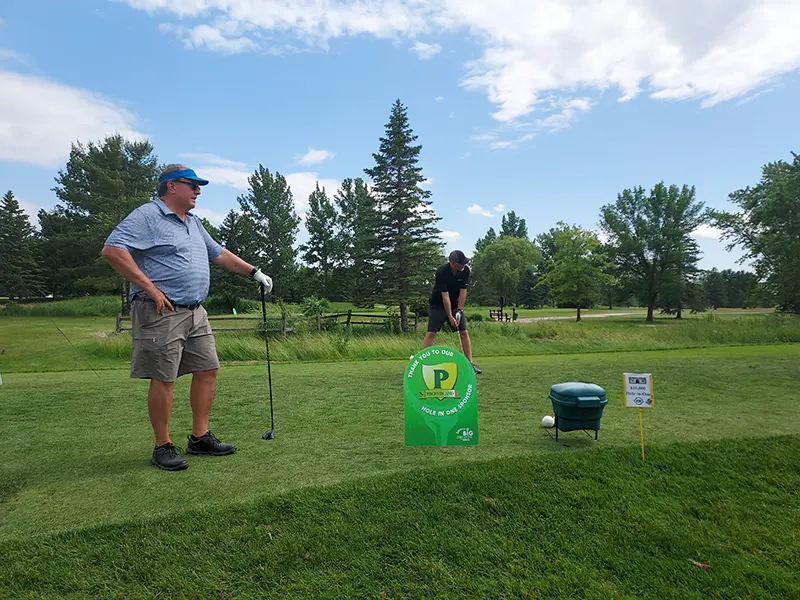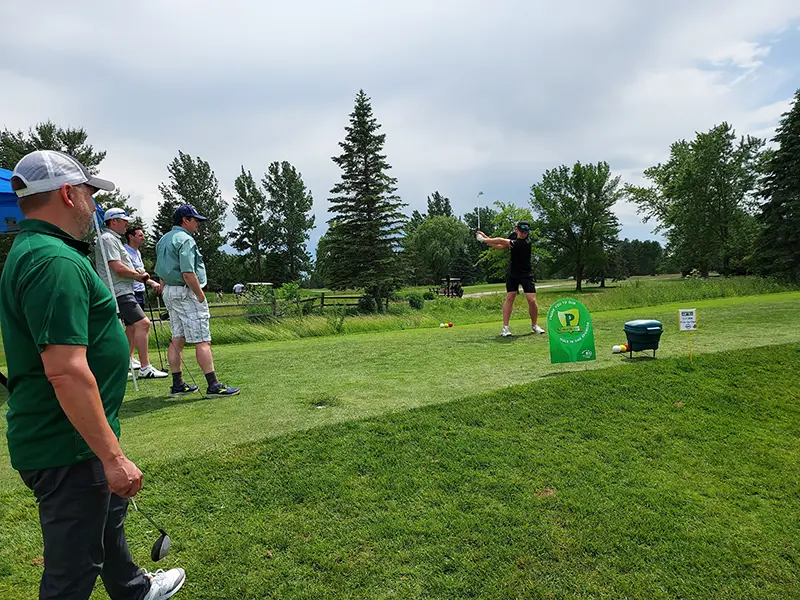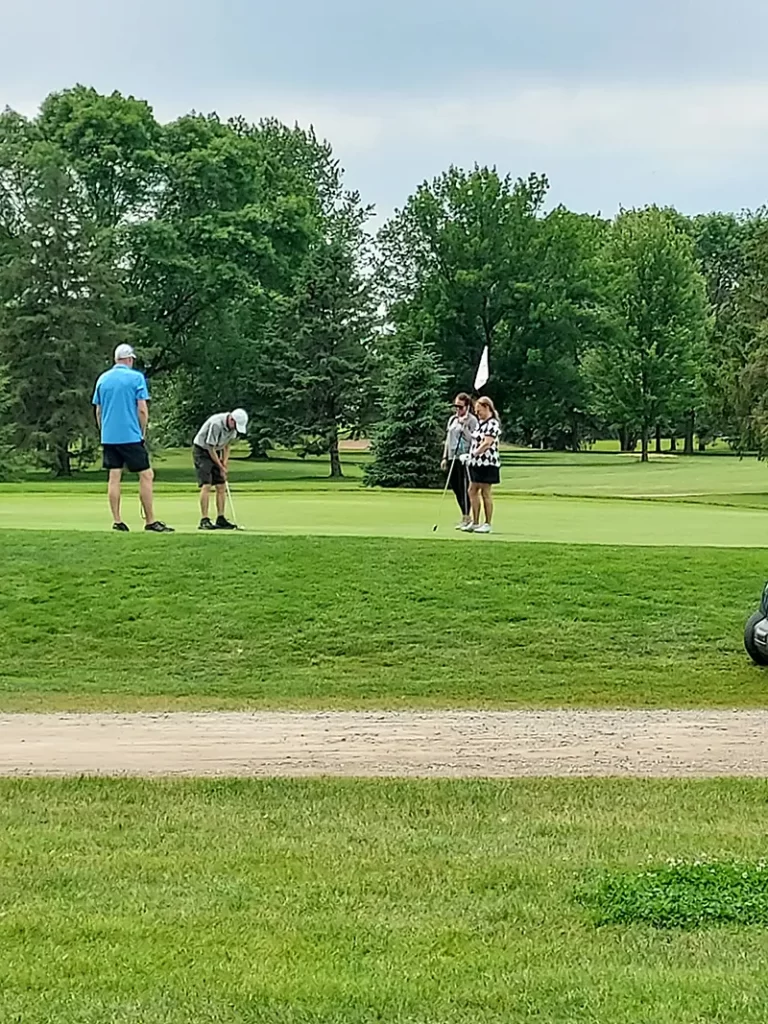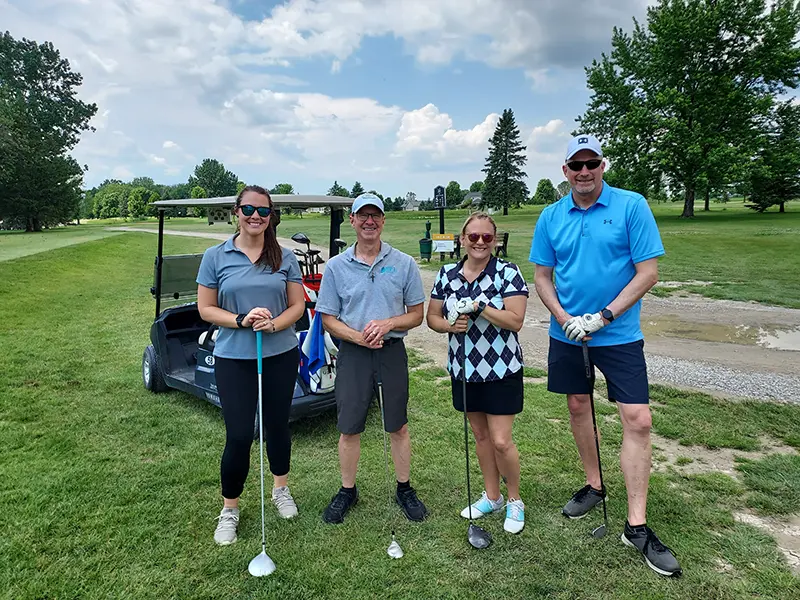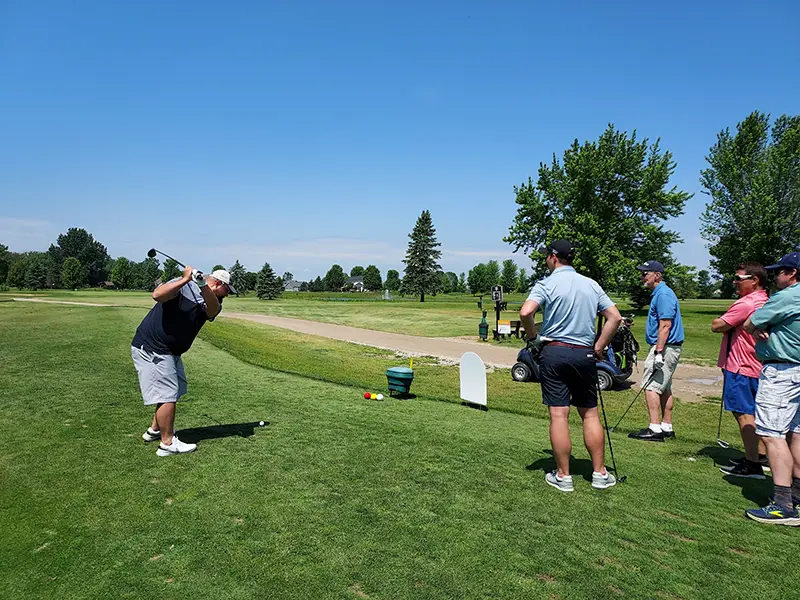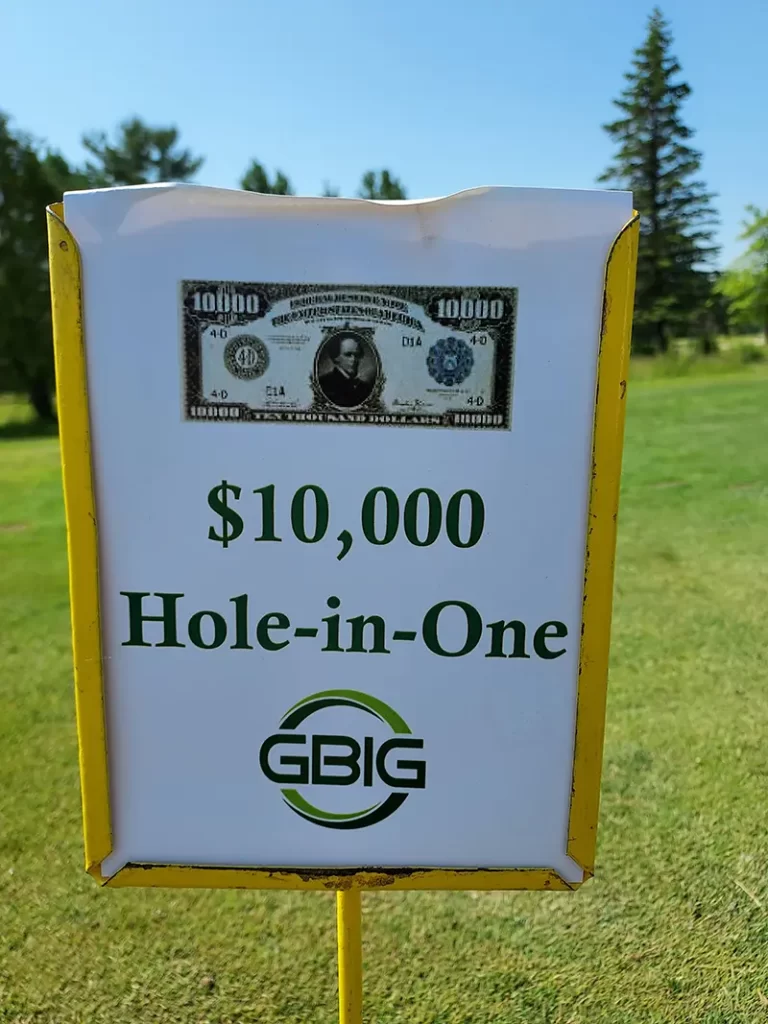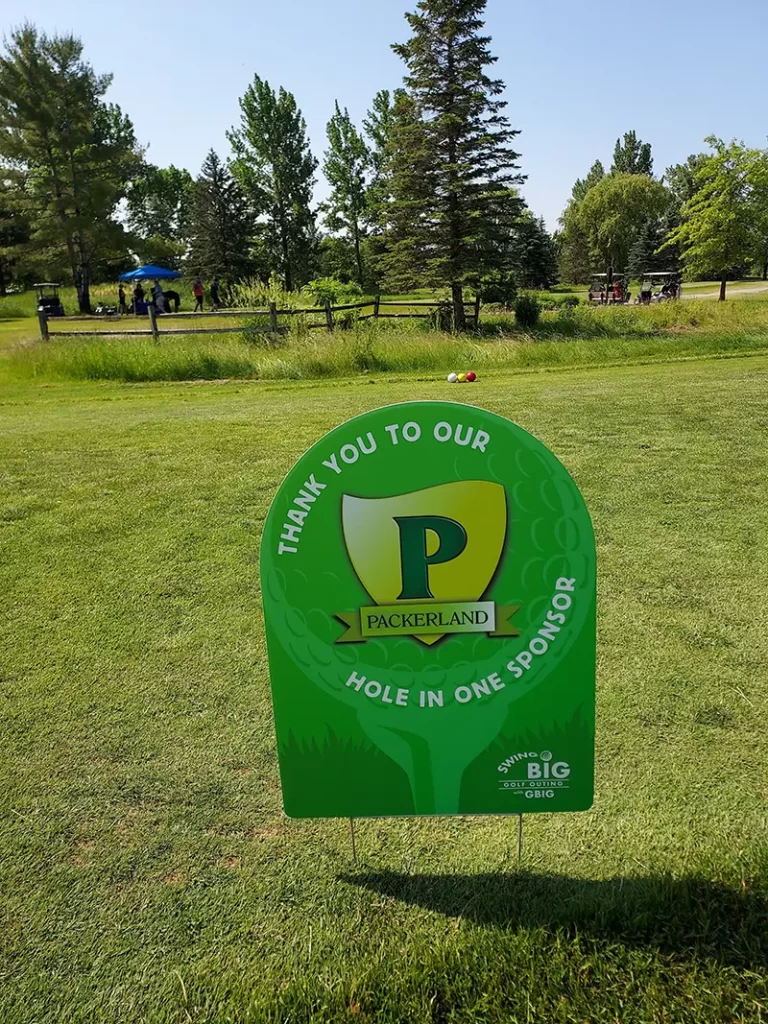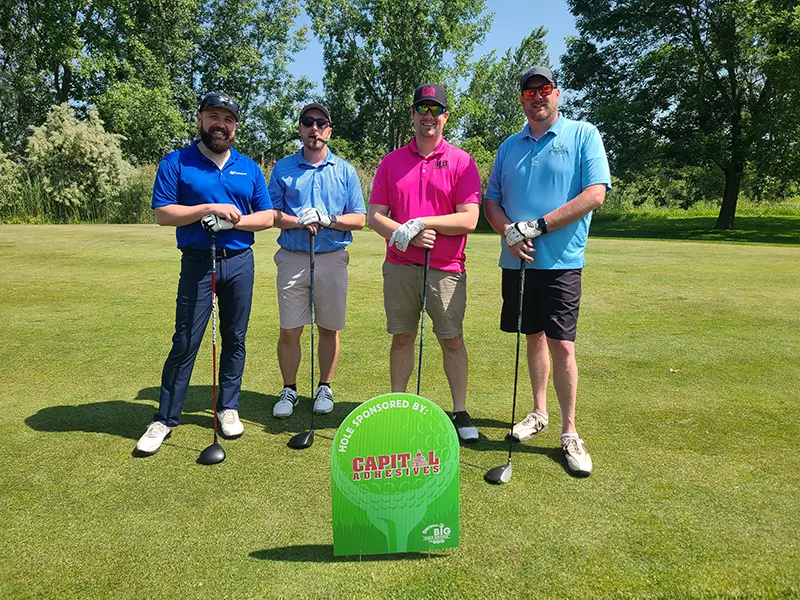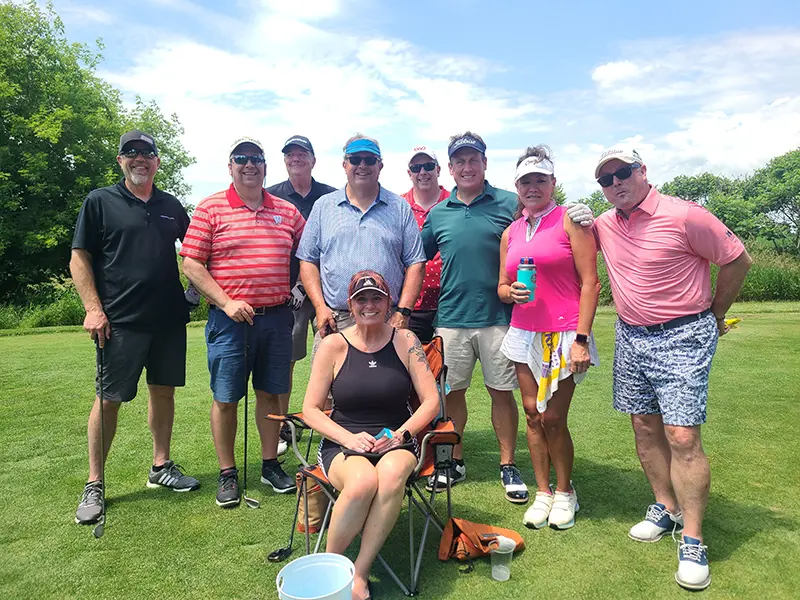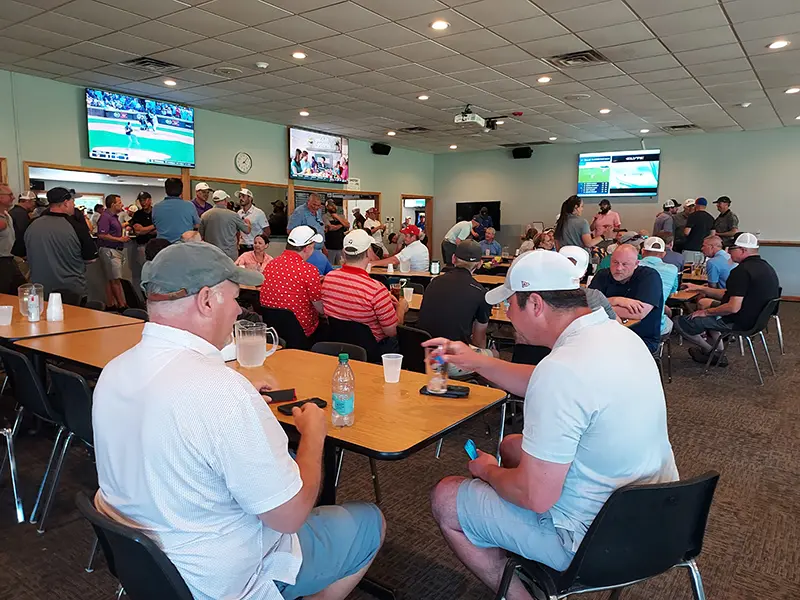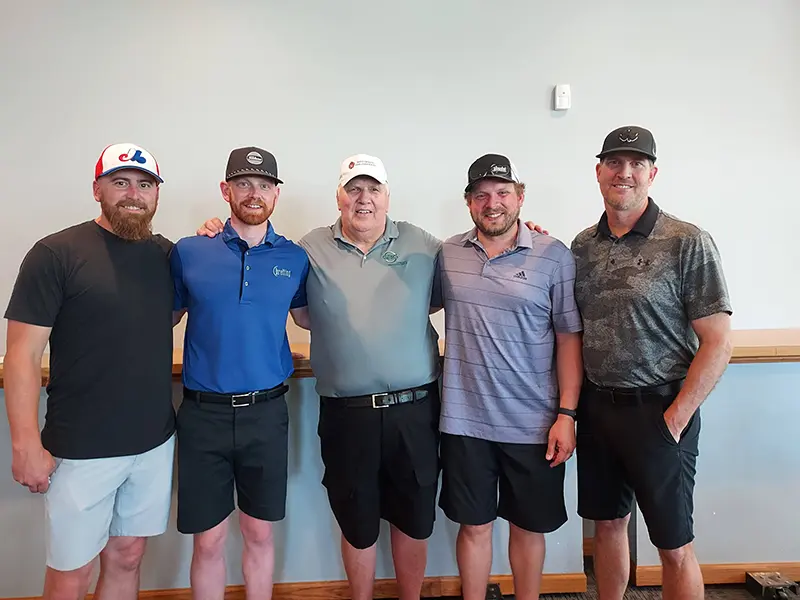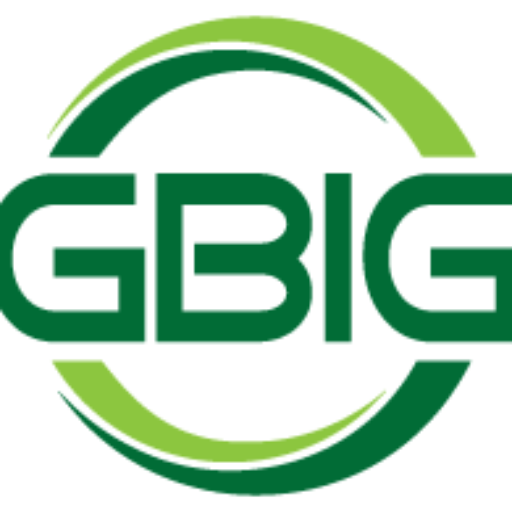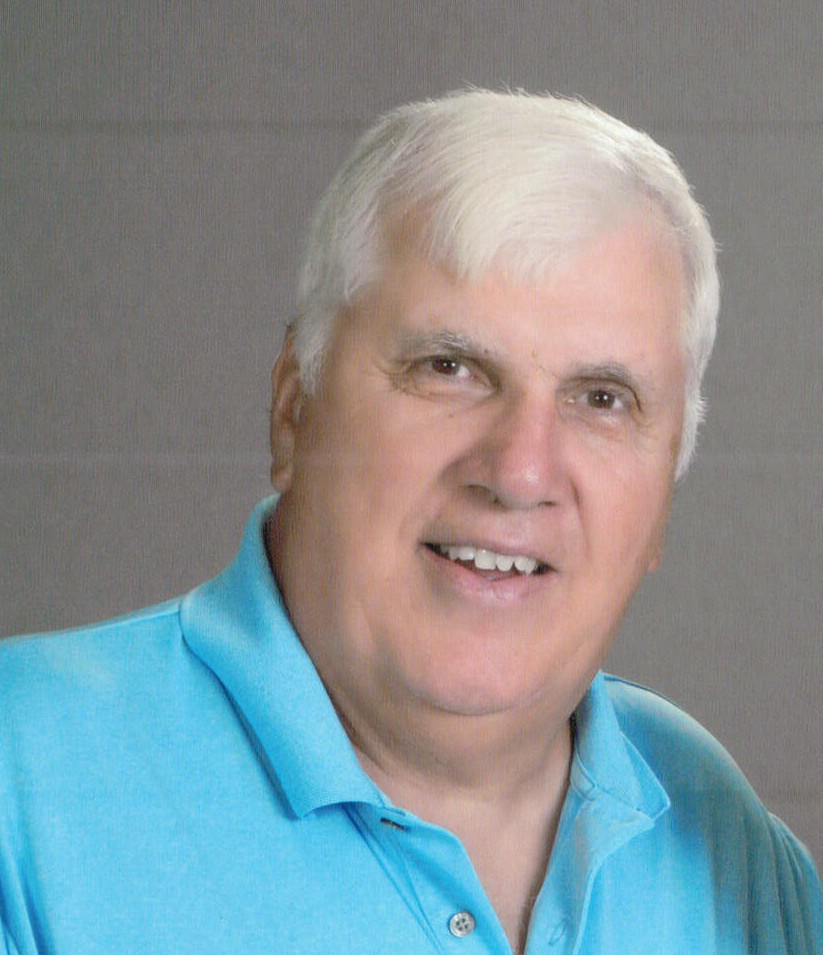APPLETON, WI – The third annual Tossing for Inclusion fundraiser presented by VPI and Green Bay Innovation Group takes place on Wednesday, Aug. 20, from 11 a.m. to 4 p.m. at GameDay Sports Bar in Appleton. This unique cornhole tournament is more than just a game—it’s a celebration of community, connection, and inclusion.
Proceeds from the event directly support VPI’s wide range of programs, including workplace readiness, education, employment services, mental health services, early intervention programming, adult day services, and social enrichment opportunities—empowering individuals with disabilities to thrive in their communities.
Tossing for Inclusion brings together individuals of all abilities, including many who directly benefit from VPI’s programs, for an afternoon of fun and impact. The event fosters an environment where everyone—participants, families, local businesses, and community partners— come together as peers to support a shared mission.
“Tossing for Inclusion is fun, competitive, and inclusive, which is perfectly aligned with our mission to create inclusive opportunities that promote independence, connection, and meaningful engagement for individuals with disabilities across the Fox Valley,” said Tim Riebau, VPI, Inc. President and CEO.
Participants of all ages, skill levels, and abilities are encouraged to register. Team registration is $100 and includes lunch, two drink tickets, and an event T-shirt for each player. Spectator tickets are $50 and include the same perks: lunch, two drink tickets, and a T-shirt.
The event is open to the public and free to attend. While T-shirts, lunch, and drink tickets are only available through registration, everyone is welcome to come enjoy the festivities and learn more about VPI’s mission.
To register or learn more, visit vpiwi.org/events.
VPI’s mission is to promote the dignity and worth of individuals who have disabilities or are disadvantaged and to assist them in developing their optimum level of social, vocational, and economic independence in the community.
VPI, Inc. is a 501(c)(3) nonprofit organization dedicated to empowering individuals of all abilities through a wide range of community-based programs and services. Serving the Fox Cities and surrounding areas, VPI offers support in education, early intervention, employment, mental health, social and recreational activities, and packaging solutions. By partnering with private industry to deliver efficient contract packaging and production services through an inclusive workforce, VPI reinvests in programs that meet the evolving needs of people with disabilities or disadvantages—helping them thrive at home, at work, and in the community.

